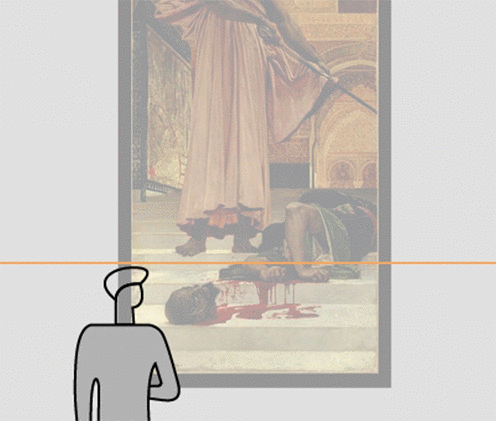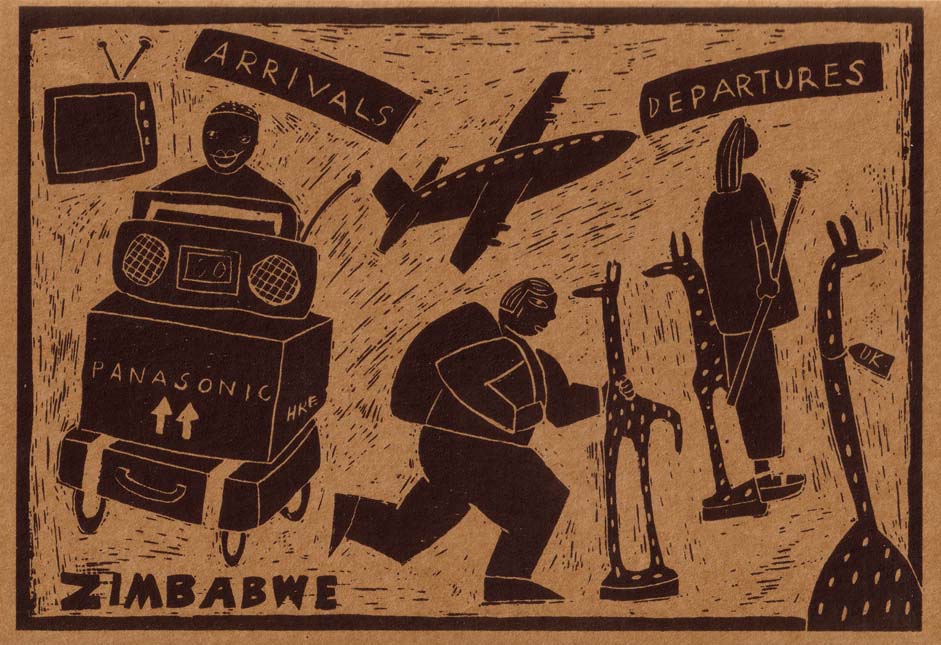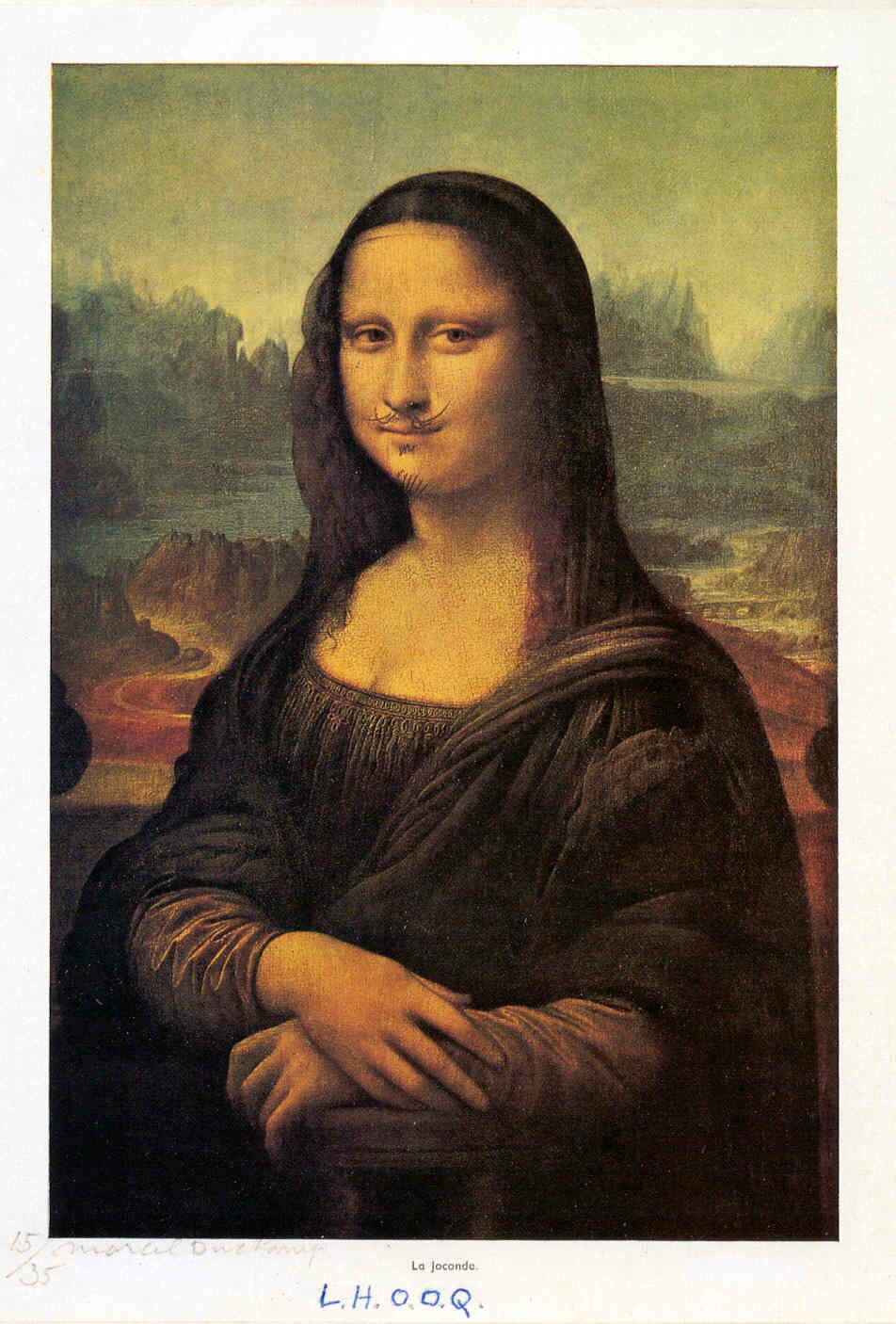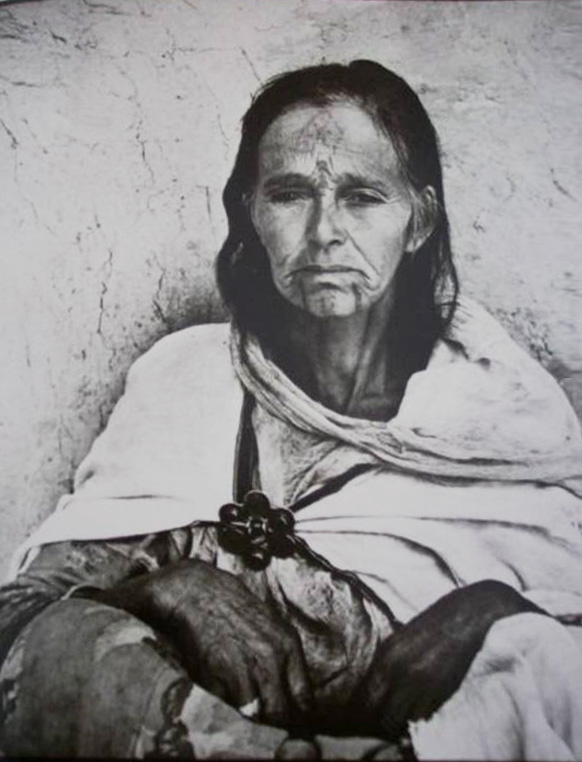Blood and Paint: Henri Regnault, Orientalism and the French Empire
Henri Regnault’s posthumous reputation was built on his macabre oil painting l’Exécution sans jugement sous les rois maures de Grenade. Writing for the journal Gazette des Beaux-Arts, the conservative critic Paul Mantz typified the kind of detailed description of the victim that dominated contemporary discussion of the work: “Sa tête a roulé, exsangue et livide, sur les premières marches de l’escalier; une large flaque de sang vermeil s’étale sur les dalles blanches.” Like a report of a crime scene, Mantz notes the physical gap between the sprawled cadaver and the decapitated head, and the spreading pool of blood on the marble stairs. The red paint appears to mimic the viscosity of blood, dribbling down the marble stairs or collecting in pools on the horizontal surface.
Regnault’s grand canvas still unsettles many visitors to the Musée d’Orsay. Whereas other nearby paintings in the museum have long since lost their avant-garde capacity to disturb viewers’ expectations, Regnault’s canvas has retained its shock value. One major reason for this response is not so much the bloody scene in the foreground as the viewer’s position vis-à-vis this macabre subject. As Linda Nochlin has pointed out, when the canvas is hung at the correct height, the decapitated corpse rests at the viewer’s own eye level. In this manner, the composition places the spectator in the position of the victim and compels an interpretation of the looming executioner as a physical threat.
That the slumped body of the victim rests on a separate level of the stairs from his head emphasises the spatial gap between these body parts. While this fissure makes all too apparent the executioner’s work, the head and the cadaver are oriented in the same general direction, connected by trails of blood, as if to remind the viewer of their former union. Placed at eye level, the suggestion of prior corporeal unity amplifies the viewer’s uncanny sense of vulnerability before the canvas.
Above this macabre foreground scene, the towering figure of the executioner wipes the long sword on the hem of his robe with a hauteur that provides little insight into his personality. This representation of dispassionate ruthlessness remains a powerful image for contemporary viewers, given resonance by the anxieties wrought by contemporary events. On the other hand, postcolonial and feminist theorists have emphasised the diversity of viewing positions elicited in response to an image. One cannot assume a single fixed message from any representation, and in the wake of the significant demographic changes to French society wrought by migration from former colonial regions, the museum visitor before l’Exécution sans jugement cannot be assumed to interpret the work according to the artist’s intentions.
If Orientalist painters tended to collapse history into a spectacle of intrinsic cultural qualities, the task of a postcolonial critique is to emphasise the specific circumstances that informed the artist’s practice and the critical response. A postcolonial methodology returns the artwork to the specific cultural context of its production and circulation, for if the political efficacy of Orientalist imagery stemmed from its apparent impartiality, the aim of a critique is to highlight its dependence on the colonialist attitudes and structures that enabled its production and informed its reception. One of the most profitable means of achieving this objective is to consider the artist’s own views and the colonial structures that aided the painter’s work.
The Orientalist as Traveller
Like other artists of his generation, Regnault could not resist the call of the Orient. Yet his decision to embark for Spain in 1869 was as much motivated by the potential benefits to his career as his own romantic inclinations. On several occasions throughout his correspondence, the flights of youthful enthusiasm for the monuments of Moorish Spain are tempered by his single-minded drive to forge a career. In this respect, Regnault followed in the wake of numerous illustrious compatriots who had enjoyed distinguished careers based on the experiences of distant travel.
In the nineteenth century, the ancient Moorish palace of the Alhambra in Southern Spain provided a convenient destination for those French travellers in search of the Orient. For the enchanted Regnault, Spain constituted part of an imagined geography of the Orient: “Ce pays est superbe, c’est Afrique, l’Egypt.” Regnault’s confident assertion of the links between Spain and Africa are symptomatic of Orientalism’s conflation of diverse cultures under the aegis of ‘the Orient’. As his correspondence home reveals, his enthusiasm reached a crescendo at the Alhambra: “Ah! mon ami, si tu avais vu l’Alhambra! Depuis que je l’ai vue, cette féerie, ce rêve, ce…, je ne peux plus que soupirer.” Regnault’s declaration of stupefied awe in the Alhambra belies his pragmatic response to the career opportunities. He made several detailed watercolour sketches of the interior and purchased photographs of the architecture from one of the numerous studios that had prospered to satisfy the tourist market. As is often the case with nineteenth-century artists on tour, written proclamations of exotic fantasy quickly gave way to the pragmatic business of artistic production.
Regnault painted l’Exécution sans jugement during his subsequent stay in Tangiers and shipped the canvas to Paris in July 1870. His signature in the lower left corner records the painting’s completion in the port city and thus brings the purported legitimacy of on-the-spot observation to the work. From its inception, however, Regnault had a metropolitan audience in mind for his work, with its low vantage point, gruesome subject, and luminous setting calculated to invoke shock and marvel among Parisian viewers. He was careful to temper his inclination for the fantastic with a measure of studied veracity that anchored the work in observed detail. The extensive use of sketches and photographs to render the intricate honeycomb ceiling and architectural motifs brought some semblance of apparent historical verisimilitude to the imaginary scene. That few European artists endeavoured a serious engagement with local customs ensured that the majority of Orientalist paintings carried the maker’s cultural preconceptions and biases.
Art History and Orientalism
The recent academic desire to emphasise historical nuance and exchange in the colonial process, rather than notions of domination and subjugation, has opened new critical approaches to visual history in the colonial era. What difference do these critical shifts make to an assessment of l’Exécution sans jugement? In a recent essay, Hollis Clayson argued that Regnault’s Orientalist watercolours exemplify “a probing and unstable way of representing the North African odalisque and Moor, seen through the double optic of thwarted French military masculinity and shipwrecked artistic agency.” Clayson’s perceptive argument draws attention to the complexities of masculine identity and the fractious nature of his shifting gender identifications. To argue the case however, Clayson largely sidesteps l’Exécution sans jugement in favour of the subtler gender dynamics of the artist’s later watercolours. Will such works as l’Exécution sans jugement become exemplars of the biases and prejudices inherent in Orientalist imagery, taught to students at the beginning of classes before moving to more complex intercultural terrain?
The danger of this position is that the historical complexity of such paintings is reduced to their ideological function. However, the recent focus on representations of race, gender, and sexual orientation in visual culture offers potential alternatives to this theoretical cul de sac. In the late nineteenth century, the North African male body became the subject of considerable homoerotic fascination for European travellers. More than a hint of homoeroticism thus underpins the executioner in l’Exécution sans jugement, whose elegant, muscular stature suggests at once fascination and threat, beauty and terror, attraction and repulsion. By recognising the contradictory impulses that shaped Regnault’s portrayal of Islamic Andalusia, its basis within an established tradition of Orientalist imagery as well as the artist’s personal ambitions and desires, the complex imperial dynamics that underpin the violent scene begin to unravel.
Recent efforts to recover the historical nuance and contradictions inherent to colonial encounters in various contexts around the world offer important opportunities to re-examine the legacy of colonialism. Such work has begun to acknowledge the sophisticated responses of colonised peoples to the everyday realities of colonial rule. Yet there is an equivalent need to keep the complex positions of metropolitan artists in the foreground of analysis least they become seen as no more than mere visual conduits of colonial ideologies. At the interface between different cultures, matters were never so straightforward. Regnault’s privileged position as a metropolitan artist making a career of his travels is symptomatic of Orientalism’s broad operation; however, this should not conceal his uneasy homoerotic fascination with the subject of his painting.
Paul Mantz, “Henri Régnault,” Gazette des Beaux-Arts 14 (1872): 81.
Linda Nochlin, “The Imaginary Orient,” Art in America 71, no. 5 (May 1983): 130.
Henri Regnault to Victor Regnault, 25-26 August 1869, in Arthur Duparc, ed., Correspondance de Henri Regnault (Paris: Charpentier, 1872), 297.
Henri Regnault to M. Butin, 12 September 1869, in Duparc, ed., 302.
See Images in Time: A Century of Photography at the Alhambra 1840-1940 (Granada: Patronata de la Alhambra y Generalife, 2003), 28-51.
See Hollis Clayson, “Henri Regnault’s Wartime Orientalism,” in Orientalism’s Interlocutors: Painting, Architecture, Photography, ed. Jill Beaulieu and Mary Roberts (Durham and London: Duke University Press, 2002), 131-132.






